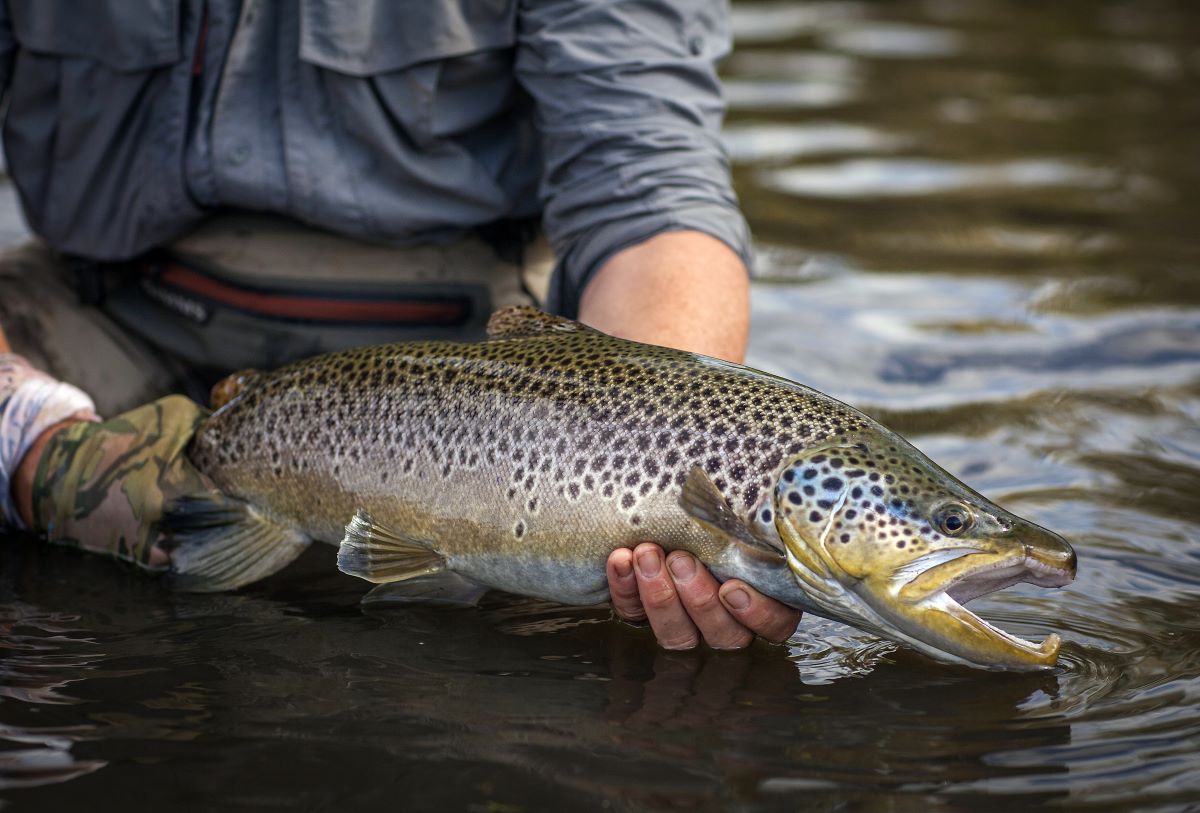

Articles
How To Store Trout After Catching
Modified: December 7, 2023
Looking for articles on how to store trout after catching? Find all the information you need to keep your catch fresh and delicious in our comprehensive guide.
(Many of the links in this article redirect to a specific reviewed product. Your purchase of these products through affiliate links helps to generate commission for Storables.com, at no extra cost. Learn more)
Introduction
Trout fishing is a popular activity enjoyed by anglers around the world. Whether you’re catching trout for sport or for sustenance, it’s essential to know how to properly store the fish to maintain its freshness and flavor. Proper storage not only ensures that the trout remains safe to consume but also extends its shelf life, allowing you to savor the delicious catch for longer periods.
In this article, we will discuss the various methods and techniques for storing trout after catching them. From preparing the fish for storage to choosing the right storage method, we’ll cover everything you need to know to keep your trout in optimal condition and ready for future culinary delights.
So why is it so important to store trout properly? Well, improper storage can lead to bacterial growth and spoilage, resulting in an unpleasant taste and potential health risks. By following the correct storage techniques, you can preserve the freshness, texture, and flavor of the fish, allowing you to enjoy your catch at its best.
Before we dive into the specifics of storing trout, it’s crucial to make sure you’re properly prepared. This means having the necessary tools and equipment on hand to ensure smooth storage and optimal freshness.
First and foremost, make sure you have a supply of clean, food-grade freezer bags or airtight containers. These will serve as the primary storage vessels for your trout. Additionally, having access to ice, a vacuum sealer (if available), and a refrigerator or freezer will be essential for different storage methods.
With the right mindset and the necessary supplies, let’s explore the different methods of storing trout after catching it. By understanding these methods, you can choose the one that best fits your needs and ensures the longevity of your catch.
Key Takeaways:
- Properly storing trout after catching is crucial for maintaining freshness, flavor, and safety. Methods include storing on ice, vacuum sealing for long-term preservation, freezing for convenience, and refrigeration for immediate use.
- Preparation steps such as cleaning, drying, and portioning trout are essential before storage. Tips for storing leftover trout include quick cooling, portioning, using airtight containers, and proper labeling.
Read more: How To Store Fish After Catching
Why it’s Important to Store Trout Properly
Properly storing trout after catching it is crucial for several reasons. Here are a few key reasons why it’s important to handle and store trout with care:
- Freshness and Flavor: When trout is stored properly, it maintains its freshness and flavor for a more extended period. This means that when you’re ready to cook and eat the fish, it will still taste as delicious as when you caught it.
- Food Safety: Storing trout correctly helps to ensure food safety. Fish is highly perishable and can spoil quickly, leading to the growth of harmful bacteria. By following proper storage techniques, you minimize the risk of bacterial growth, which can cause foodborne illnesses.
- Extended Shelf Life: Proper storage methods can extend the shelf life of your trout. This is especially beneficial if you’ve caught more trout than you can consume immediately. By storing the fish correctly, you can enjoy your catch over an extended period without it going to waste.
- Cost Savings: Properly storing trout allows you to take advantage of deals or sales on fresh fish. By purchasing in bulk or when prices are low, and storing the fish properly, you can save money in the long run by having a readily available supply of trout.
- Convenience: Having trout readily available in your freezer or refrigerator provides convenience when you want to whip up a quick and nutritious meal. Instead of having to go out to purchase fish, you can rely on your stored trout for a delicious and hassle-free cooking experience.
By understanding the importance of storing trout properly, you can ensure that your catch remains fresh, safe to consume, and enjoyable for a more extended period. Now, let’s move on to the preparation steps you should take before storing your trout.
Preparation before Storing Trout
Before you store your freshly caught trout, there are a few crucial steps to take to ensure the best possible storage outcome. Follow these preparation tips to maximize the freshness and quality of your fish:
- Clean the fish: Start by thoroughly cleaning the trout. Remove any scales, guts, and other internal organs. Rinse the fish under cold water to remove any excess blood or debris.
- Trim excess fat: Trim any excess fat from the trout. This not only helps to improve the taste but also prevents rancidity during storage.
- Pat dry: Use a clean towel or paper towels to gently pat the trout dry. This removes any excess moisture that can contribute to bacterial growth and degradation of the fish.
- Season or marinate (optional): If desired, you can season or marinate the trout before storing it. This adds flavor and can enhance the taste when you’re ready to cook the fish.
- Package individually: It’s essential to package each trout individually to prevent them from sticking together in the freezer or refrigerator. Place each fish in a separate freezer bag or airtight container.
- Label and date: Don’t forget to label each package with the date of storage. This helps you keep track of the freshness of the fish and ensures you use the oldest trout first.
- Consider portion sizes: If you plan to use only a portion of the trout at a time, divide it into appropriate serving sizes before packaging. This way, you can easily thaw and use only what you need without having to defrost the entire fish.
By following these preparation steps, you ensure that your trout is clean, dry, and properly portioned for storage. This sets a solid foundation for maintaining the quality and freshness of the fish. Now, let’s explore the different methods of storing trout after preparation.
Different Methods of Storing Trout
When it comes to storing trout, there are various methods you can choose from based on your preferences and available resources. Let’s take a look at some of the most common methods:
- Storing Trout on Ice: This method is ideal if you plan to consume the trout within a short timeframe. After cleaning and preparing the fish, place it on a bed of ice inside a cooler or an insulated container. Make sure the trout is fully covered with ice to maintain its freshness. Keep the container in a cool place, away from direct sunlight, and replenish the ice as needed to ensure a constant low temperature.
- Vacuum Sealing Trout: Vacuum sealing is an excellent method for long-term storage as it removes excess air and prevents freezer burn. After preparing the trout, place it in a vacuum-seal bag and use a vacuum sealer to remove the air. Seal the bag tightly and store it in the freezer. Vacuum-sealed trout can retain its quality for several months.
- Freezing Trout: Freezing is a popular method for preserving trout. After preparing the fish, wrap it tightly in plastic wrap or aluminum foil to prevent air exposure. Place the wrapped trout in a freezer bag or airtight container and ensure it is sealed properly. Label the package with the date and store it in the freezer. Frozen trout can maintain its quality for up to six months.
- Storing Trout in the Refrigerator: If you plan to consume the trout within a few days, storing it in the refrigerator is a convenient option. Place the prepared fish in an airtight container or wrap it tightly in plastic wrap. Store it in the coldest part of the refrigerator, usually the lower shelves or the back. Use the trout within three to four days for optimal freshness.
These different methods of storing trout offer flexibility depending on how soon you plan to consume the fish and the longevity you desire. Choose the method that suits your needs and resources. Additionally, keep in mind that the storage timeframes mentioned are approximate and can vary based on the specific conditions of your refrigerator or freezer.
Now that we have explored the various methods of trout storage, let’s dive deeper into each method and discuss the specific steps involved in each process.
Storing Trout on Ice
Storing trout on ice is an effective method when you plan to consume the fish within a short period. This method helps maintain the freshness and quality of the trout. Here’s how to store your trout on ice:
- Clean and prepare the trout: After catching the trout, clean it thoroughly by removing scales, guts, and other internal organs. Rinse the fish under cold water to remove any debris. Pat the trout dry with a clean towel or paper towels.
- Get a cooler or insulated container: Choose a cooler or insulated container large enough to hold your trout comfortably. Ensure it has a tight-fitting lid or cover.
- Add a layer of ice: Put a layer of crushed ice or ice cubes at the bottom of the cooler. Spread it evenly to create a bed of ice for the trout.
- Place the trout on the ice: Lay the cleaned and prepared trout on top of the layer of ice. Make sure the trout is arranged in a single layer and not overlapping to ensure even chilling.
- Cover the trout with more ice: Completely cover the trout with another layer of ice. Make sure that all parts of the fish are fully covered. The ice helps keep the fish cold and slows down bacterial growth.
- Close the container: Secure the lid or cover of the cooler tightly to prevent any warm air from entering. This helps maintain a consistently low temperature.
- Keep the container in a cool place: Store the cooler or insulated container in a cool area, away from direct sunlight or heat sources. A cool, shaded spot will help maintain the ice’s integrity and keep the trout chilled.
- Replenish ice as needed: Monitor the ice level regularly and add more ice as needed to ensure a constant low temperature. The goal is to keep the trout as close to freezing as possible.
When storing trout on ice, it’s important to note that this method is suitable for short-term storage, typically up to a few days. Ensure that the ice is replenished regularly to maintain optimal freshness. Remember, the quality of the trout will start to deteriorate after a few days, so it’s best to consume it as soon as possible.
Now that you know how to store trout on ice, let’s explore another method: vacuum sealing for long-term storage.
After catching trout, store them on ice or in a cooler to keep them fresh. If you plan to keep them for more than a day, consider cleaning and filleting them before storing in the refrigerator or freezer.
Read more: How To Store Crab After Catching
Vacuum Sealing Trout for Long-Term Storage
Vacuum sealing is an excellent method for preserving trout when you want to store it for an extended period. This method removes excess air from the packaging, preventing freezer burn and maintaining the quality of the fish. Here’s how to vacuum seal your trout:
- Clean and prepare the trout: Start by cleaning the trout thoroughly, removing scales, guts, and other internal organs. Rinse the fish under cold water to ensure it’s clean. Pat the trout dry with a clean towel or paper towels.
- Get vacuum-seal bags and a vacuum sealer: Purchase food-grade vacuum-seal bags and a vacuum sealer if you don’t have one already. Make sure the bags are large enough to accommodate your trout.
- Place the trout in the bag: Place the cleaned and prepared trout into the vacuum-seal bag, ensuring it’s positioned in the center and not touching the edges. Leave enough space at the top of the bag for sealing.
- Seal the bag: Follow the instructions for your specific vacuum sealer to seal the bag. Most vacuum sealers will have a button or setting for sealing. Press the appropriate button and wait for it to complete the sealing process. This removes the air from the bag and creates an airtight seal.
- Label the bag: Use a permanent marker to label the vacuum-sealed bag with the date of packaging. This helps you keep track of the storage time and ensures you use the oldest trout first.
- Store in the freezer: Place the sealed trout in the freezer for long-term storage. Make sure the trout is positioned flat to maintain its shape. If you’re storing multiple vacuum-sealed trout, stack them neatly in the freezer.
Vacuum-sealed trout can retain its quality for several months when stored in the freezer. The vacuum-sealed bags create a barrier against air and moisture, preventing freezer burn and maintaining the fish’s freshness and flavor.
When you’re ready to use the vacuum-sealed trout, simply thaw it in the refrigerator or under cold running water. Avoid thawing at room temperature to prevent bacterial growth.
Vacuum sealing is an excellent storage method for maximizing the longevity of your trout catch. However, keep in mind that the quality of the fish may deteriorate over time, so it’s best to consume it within the recommended storage timeframe.
Next, we’ll explore another popular storage method: freezing trout.
Freezing Trout
Freezing trout is a convenient and effective method for long-term storage. It helps preserve the freshness and quality of the fish, allowing you to enjoy it at a later date. Here’s a step-by-step guide on how to freeze trout:
- Clean and prepare the trout: Begin by cleaning the trout thoroughly, removing scales, guts, and other internal organs. Rinse the fish under cold water to ensure it’s clean. Pat the trout dry with a clean towel or paper towels.
- Wrap the trout: Wrap each trout individually to prevent air exposure and freezer burn. You can use plastic wrap or aluminum foil to tightly wrap the fish. Make sure there are no gaps or openings in the wrapping.
- Place in freezer bags or airtight containers: After wrapping the trout, place them in freezer bags or airtight containers. Make sure the bags or containers are properly sealed to prevent any air from entering.
- Label the packages: Use a permanent marker to label each package with the date of freezing. This will help you keep track of the storage time and ensure you use the oldest trout first.
- Store in the freezer: Put the wrapped and labeled trout in the freezer. Position them flat to maintain their shape. If you’re stacking multiple packages, do so neatly to avoid damaging the fish.
Frozen trout can maintain its quality for up to six months when stored in a freezer set at or below 0°F (-18°C). It’s important to note that the longer the trout is stored, the more its texture and flavor may deteriorate.
When you’re ready to use the frozen trout, simply thaw it in the refrigerator overnight or under cold running water. Avoid thawing at room temperature to prevent bacterial growth.
Freezing trout is a popular method because it allows you to preserve your catch for an extended period, ensuring you always have a supply of fresh fish on hand. Just remember to follow proper wrapping and labeling techniques to maintain the quality of the trout.
Now that we’ve covered freezing trout, let’s discuss another method: storing trout in the refrigerator.
Storing Trout in the Refrigerator
If you plan to consume trout within a few days, storing it in the refrigerator is a convenient option. The cool temperature of the refrigerator helps maintain the freshness and quality of the fish. Follow these steps to store trout in the refrigerator:
- Clean and prepare the trout: Start by cleaning the trout thoroughly, removing scales, guts, and other internal organs. Rinse the fish under cold water to ensure it’s clean. Pat the trout dry with a clean towel or paper towels.
- Wrap the trout: Wrap each trout individually to protect it from air exposure and moisture loss. You can use plastic wrap or place the trout in a resealable plastic bag.
- Place in the refrigerator: Position the wrapped trout in the coldest part of the refrigerator, such as the lower shelves or the back. This allows the fish to stay at a consistent cool temperature.
- Monitor the storage time: It’s important to use the trout within three to four days for optimal freshness. Make sure to check the fish for any signs of spoilage, such as an off smell or slimy texture.
Storing trout in the refrigerator is suitable for short-term storage, and it’s essential to consume the fish before it starts to deteriorate. Keep in mind that the quality of the trout may degrade over time due to the cool, but not freezing, temperature of the refrigerator.
If you need to store the trout for a longer period, consider using methods like freezing or vacuum sealing. These techniques help extend the storage time while maintaining the quality and freshness of the fish.
Now that you know how to store trout in the refrigerator, let’s discuss some helpful tips for storing leftover trout.
Tips for Storing Trout Leftovers
If you find yourself with leftover trout that you want to store for future meals, here are some helpful tips to ensure their freshness and quality:
- Cool the leftovers quickly: After cooking, allow the leftover trout to cool down to room temperature. Then, promptly transfer it to the refrigerator or freezer to prevent bacterial growth.
- Portion the leftovers: If you have a large amount of leftover trout, consider portioning it into smaller servings before storing. This way, you can defrost and use only what you need without thawing the entire batch.
- Use airtight containers: Place the leftover trout in airtight containers to protect them from air exposure, which can cause the fish to dry out and lose its flavor. Seal the containers tightly to maintain the freshness.
- Date and label the containers: To keep track of the storage time, label each container with the date you stored the leftovers. This helps ensure that you use the oldest trout first.
- Store in the refrigerator: If you plan to use the leftovers within a few days, store them in the refrigerator. Keep them in the coldest part of the fridge, typically the lower shelves, to maintain a consistently cool temperature.
- Store in the freezer: If you won’t be using the leftovers within a few days, it’s best to store them in the freezer. Package them in freezer-safe bags or containers, ensuring they’re properly sealed to prevent freezer burn.
- Label frozen leftovers: When freezing the leftover trout, label each package with the date and any additional information, such as the seasoning or marinade used. This will make it easier to plan and remember the contents when you’re ready to use them.
- Thaw and use properly: When you’re ready to enjoy the leftover trout, thaw it in the refrigerator overnight or under cold running water. Avoid thawing at room temperature, as it promotes bacterial growth. Once thawed, consume the trout within a day or two.
By following these tips, you can effectively store and preserve leftover trout for future meals. Whether in the refrigerator or freezer, proper storage techniques help maintain the quality and flavor of the fish.
Remember, while storing leftovers can be convenient, it’s essential to use them within recommended timeframes to ensure safety and the best eating experience.
Now that you’re armed with tips for storing trout leftovers, let’s wrap up our discussion.
Read more: How To Catch A Grass Carp
Conclusion
Properly storing trout after catching it is crucial for maintaining its freshness, flavor, and safety. Whether you plan to consume the trout within a few days or want to store it for an extended period, the storage method you choose plays a vital role in preserving its quality.
We explored various methods of storing trout, including storing it on ice for short-term freshness, vacuum sealing for long-term storage, freezing for convenience and extended shelf life, and storing in the refrigerator for immediate use.
Before storing trout, it’s important to prepare it correctly by cleaning, drying, and portioning the fish. This ensures that you start the storage process with the best possible quality trout.
Each method of storage offers its own benefits and considerations. Storing trout on ice is convenient for short-term consumption, vacuum sealing ensures long-term preservation, freezing offers convenience and flexibility, and refrigeration is ideal for immediate use within a few days.
Remember to label and date your stored trout to keep track of its freshness and use the oldest fish first. Be mindful of the recommended storage timeframes to ensure the best quality and taste when you’re ready to cook and enjoy the trout.
Additionally, we provided tips for storing leftover trout, including cooling it quickly, portioning, using airtight containers, and proper labeling. These tips help maintain the flavor and quality of the fish to ensure delicious meals later on.
By following these guidelines, you can make the most of your trout catch and enjoy its flavorsome benefits for an extended period. So, whether you’re keeping the trout for a future outdoor adventure or simply want to have a tasty meal ready at hand, proper storage techniques are essential.
Now, armed with the knowledge of different storage methods and tips, you can confidently store your trout, maintain its freshness, and savor the flavors of your catch for as long as possible.
Frequently Asked Questions about How To Store Trout After Catching
Was this page helpful?
At Storables.com, we guarantee accurate and reliable information. Our content, validated by Expert Board Contributors, is crafted following stringent Editorial Policies. We're committed to providing you with well-researched, expert-backed insights for all your informational needs.

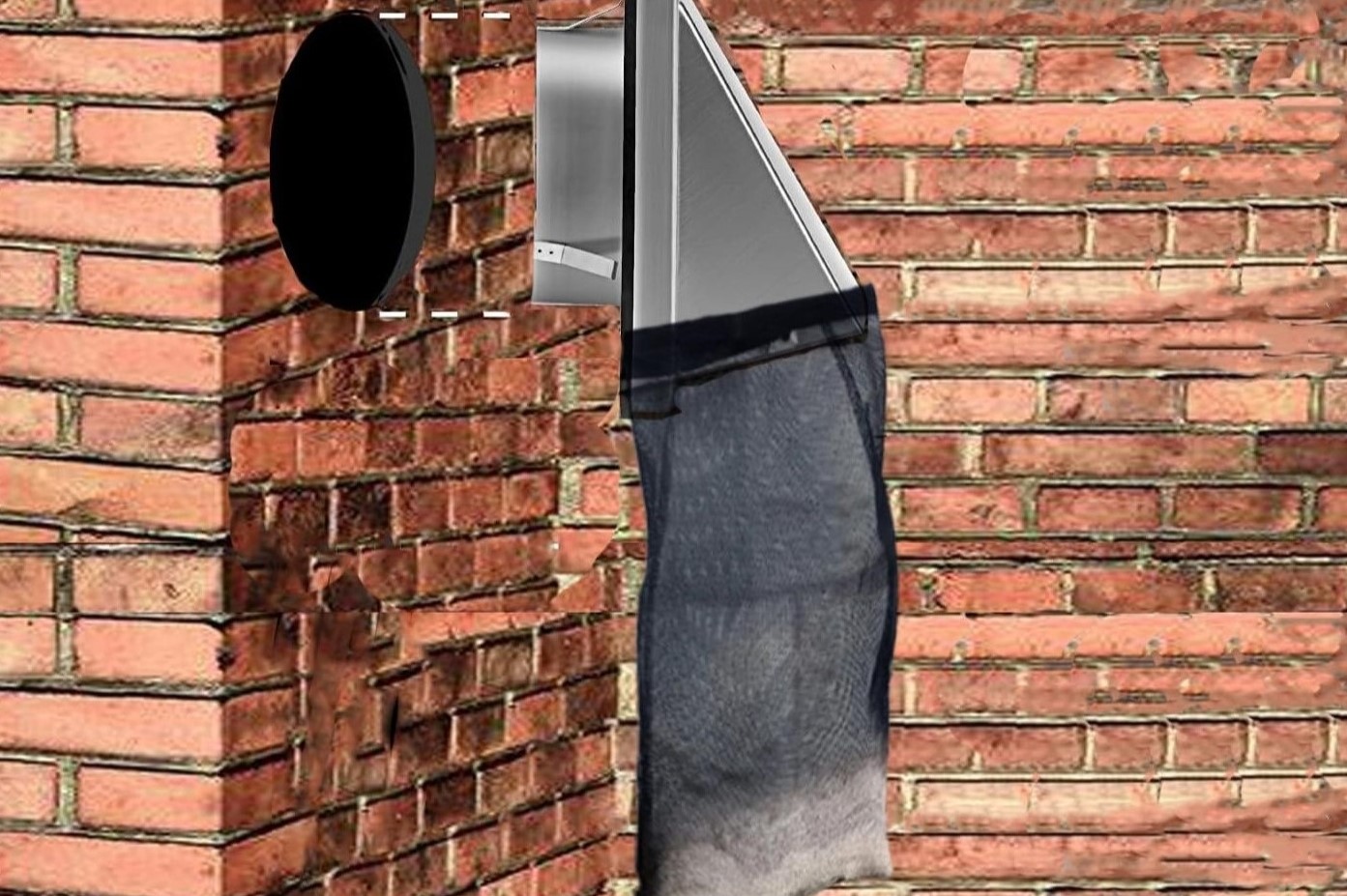
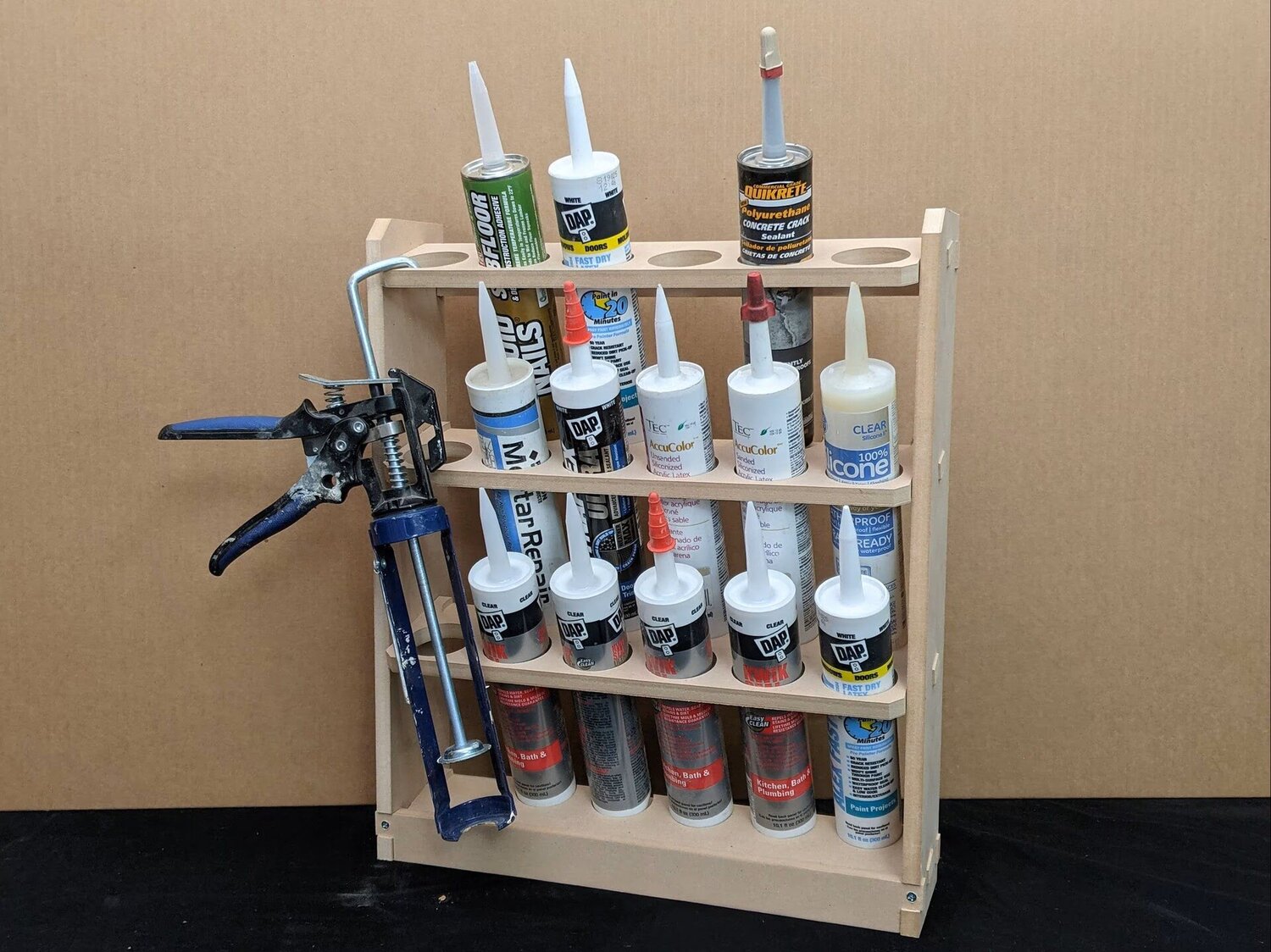
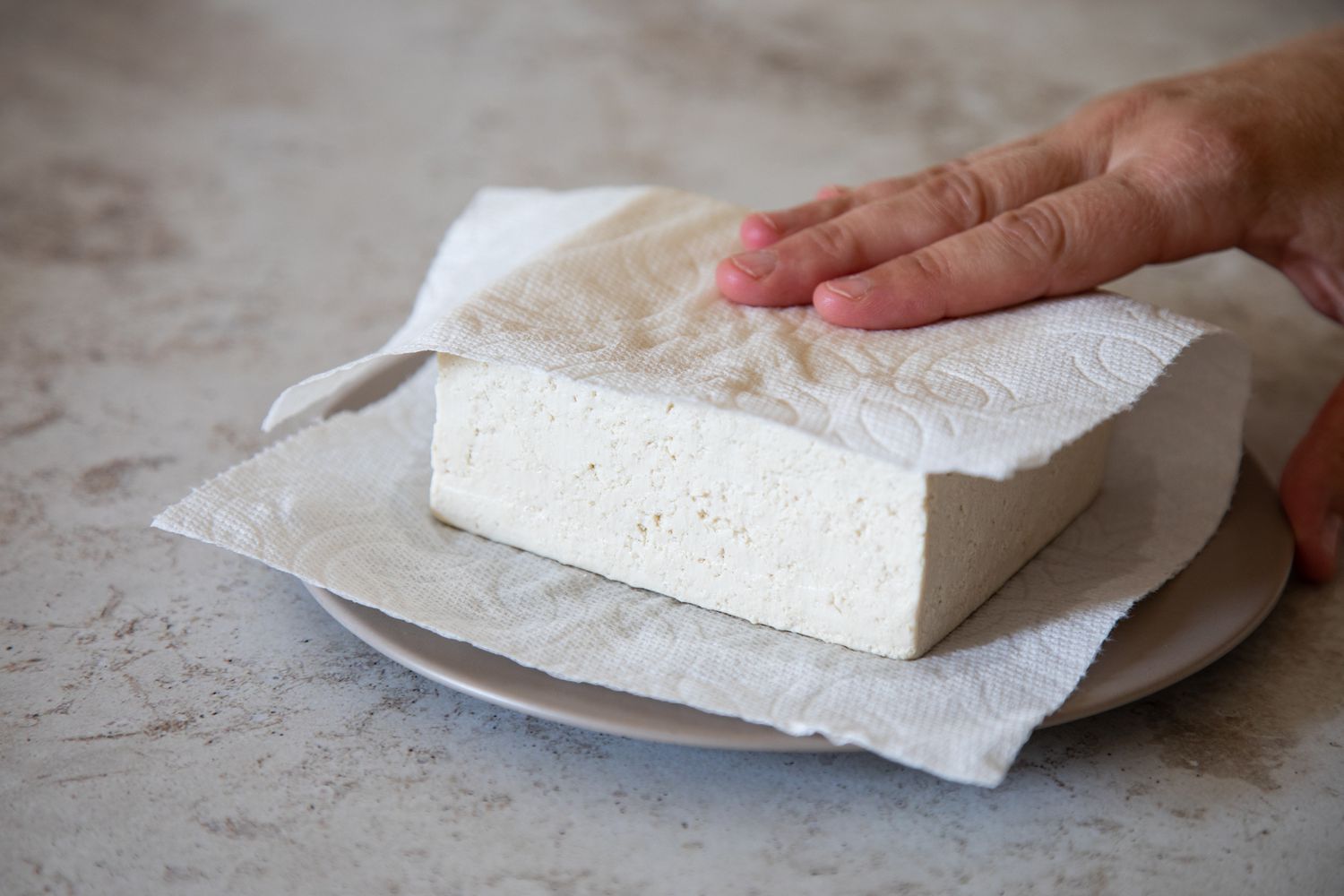








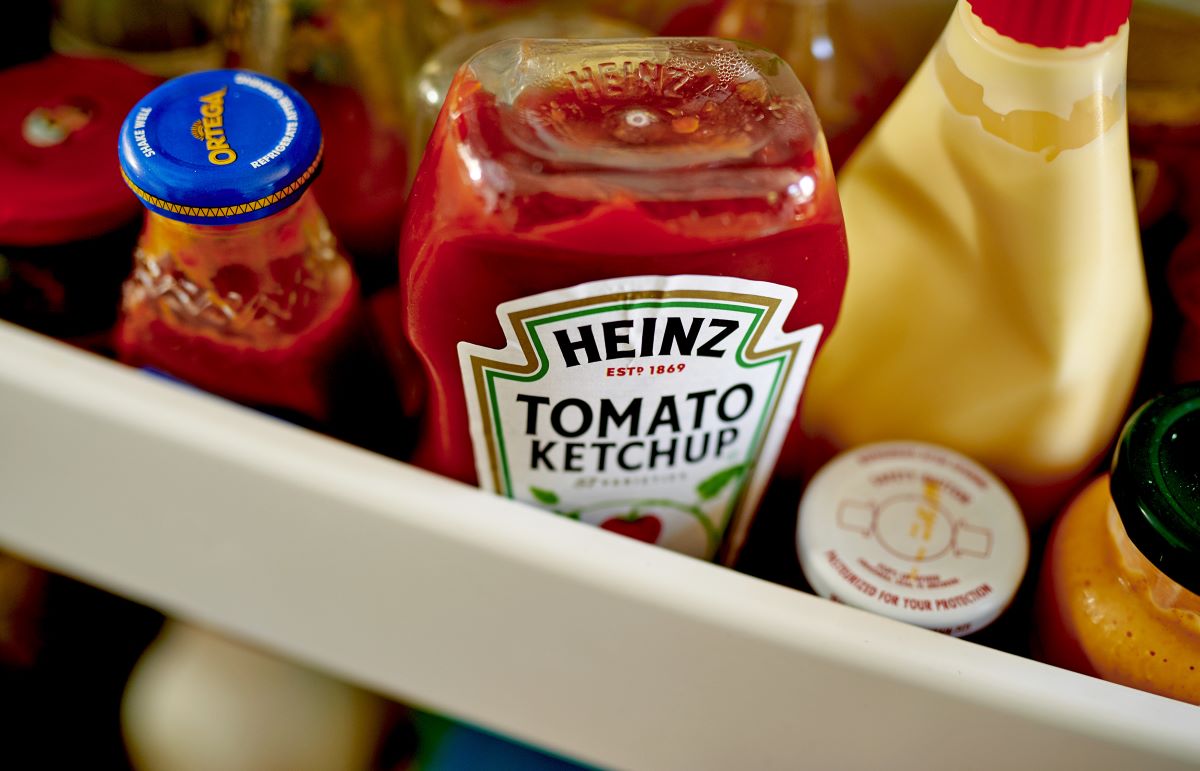

0 thoughts on “How To Store Trout After Catching”